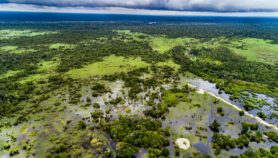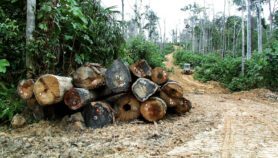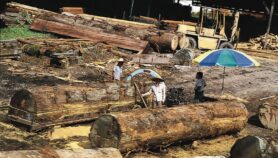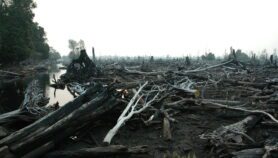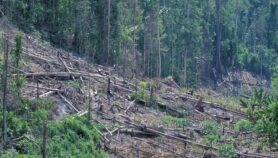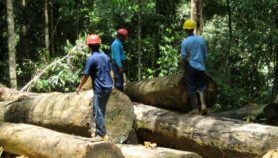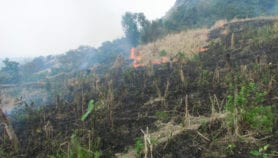21/07/21
South-East Asia climate goals in doubt as upland clearing accelerates
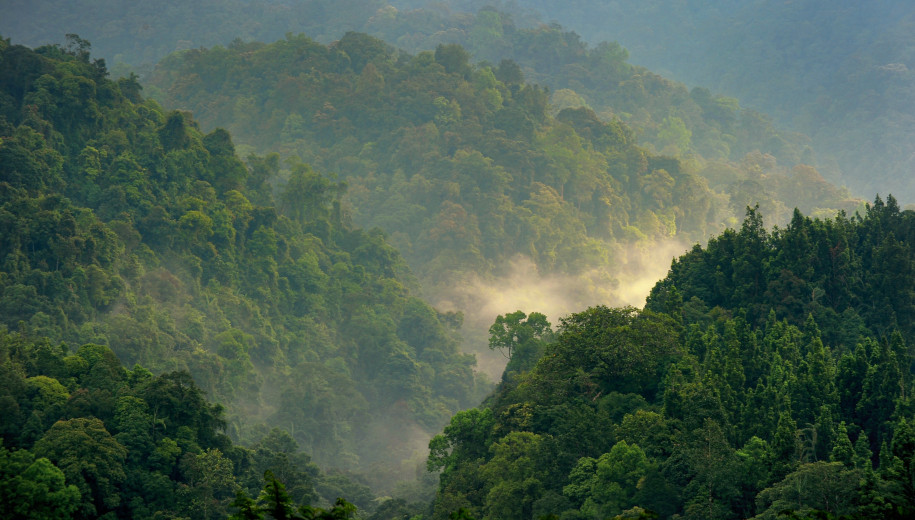
By: Sanjeet Bagcchi
Send to a friend
The details you provide on this page will not be used to send unsolicited email, and will not be sold to a 3rd party. See privacy policy.
[NEW DELHI] Forest clearance in South-East Asia, especially in the region’s higher-elevations, is giving rise to unusual increases in carbon emissions, says a new analysis based on high-resolution satellite data.
South-East Asia, home to nearly 15 per cent of the world’s tropical forests, is a hotspot for deforestation and biodiversity loss, mostly due to the conversion of forests into palm oil and other plantations.
Tree removal releases carbon stored in woody biomass into the atmosphere and limits the amount of carbon that can be sequestered and stored, explains Paul Elsen, co-author of the study published in Nature Sustainability. “Both of these processes increase net emissions,” he adds.
The researchers from China, Thailand, UK and the US observed that forest clearance in the mountains of South-East Asia this century has accounted for a third of total forest loss in the region.
“Our study revealed that forest clearing is much more widespread in South-East Asian mountains than previously thought, and that the rate of mountain forest clearing is increasing rapidly,” says Elsen.
“Our study revealed that forest clearing is much more widespread in South-East Asian mountains than previously thought, and that the rate of mountain forest clearing is increasing rapidly”
Paul Elsen, Wildlife Conservation Society
Elsen, climate adaptation scientist at the Wildlife Conservation Society, a non-governmental organisation based in New York, tells SciDev.Net that mountain forests have higher carbon densities than lowland forests in South-East Asia — which is why increased forest loss in the highlands has resulted in higher carbon emissions.
Using satellite data, the researchers found that the total mean annual forest loss was 3.22 million hectares per year during 2001—2019, with 31 per cent occurring on the mountains.
During that period, the average altitude of forest loss increased by 150 metres, according to the study, with an “unprecedented” annual forest carbon loss of 424 million metric tonnes of carbon per year and an accelerating rate in recent years.
By combining forest loss data with a forest biomass carbon map the researchers found carbon loss stemming from forest clearance was largely in the lowlands (e.g. in Indonesia). But a “decrease in lowland forest carbon loss” in the 2010s was offset by a substantial increase in forest carbon loss in the mountains (e.g. in Myanmar and Laos).
Koteswararao Kundeti, a climate researcher at the Centre for Climate Change and Sustainability, Azim Premji University, Bangalore, India explains that forests help stabilise the climate, regulate ecosystems, protect biodiversity, and play an integral part in the carbon cycle, as well as supporting livelihoods and sustainable growth.
However, “increasing urbanisation and food demands would mean the cutting down of more forests”, says Lakshmi Kumar, research assistant professor of atmospheric physics at the SRM Institute of Science and Technology, Kattankulathur, India.
This piece was produced by SciDev.Net’s Asia & Pacific desk.





